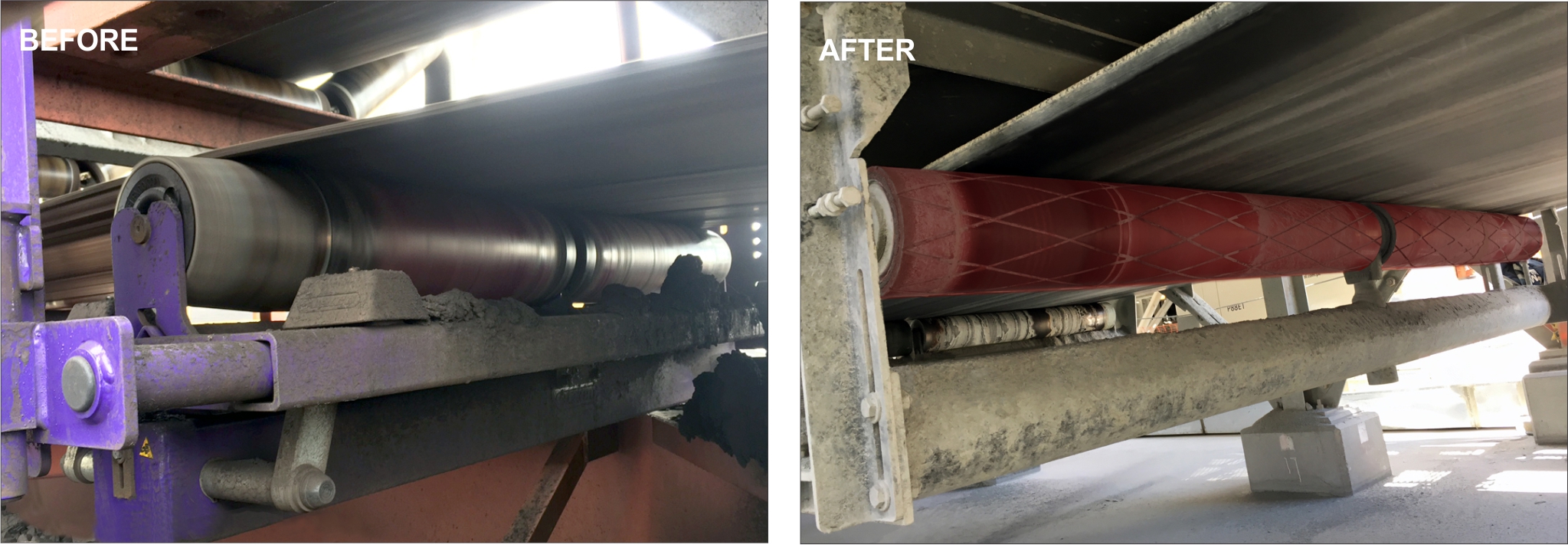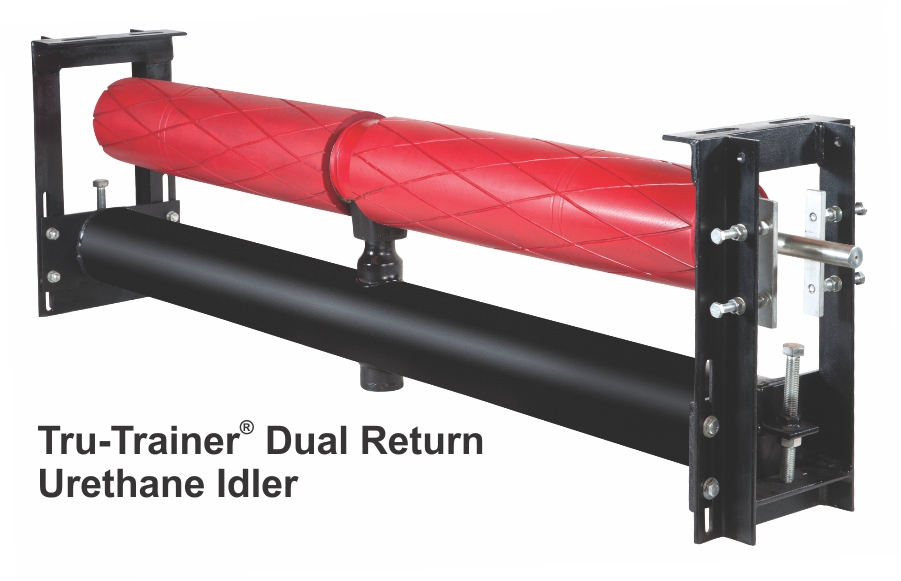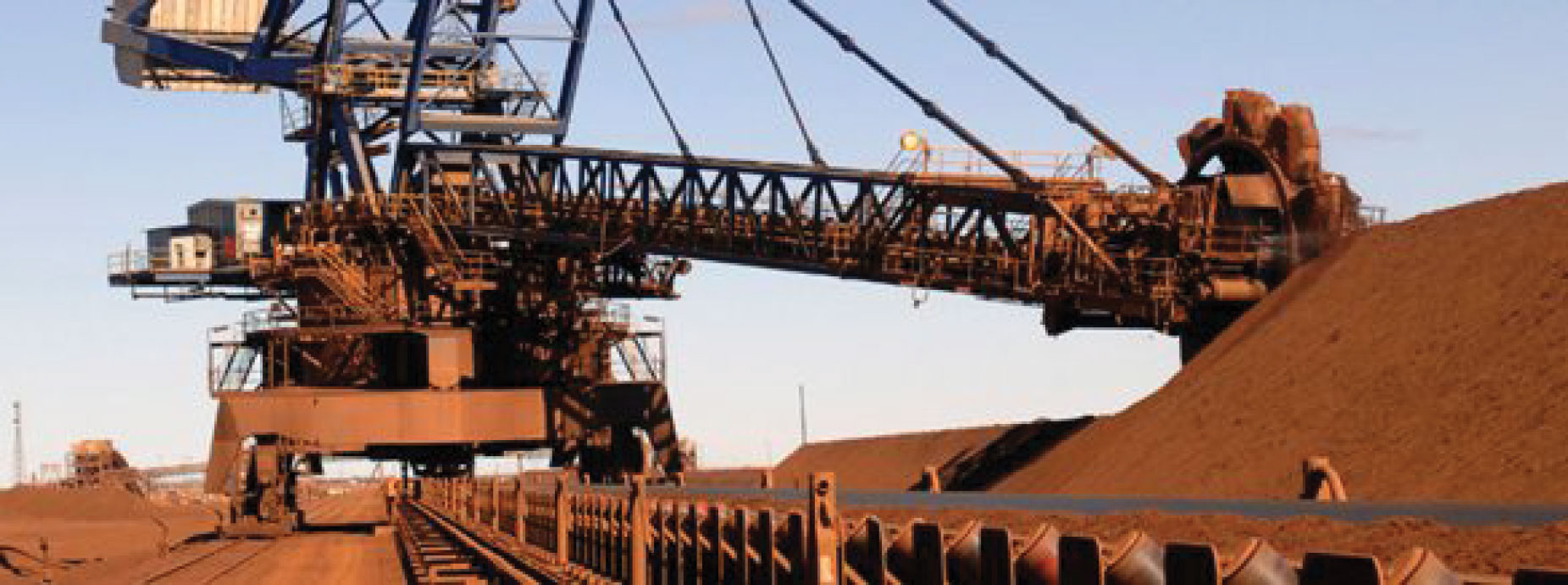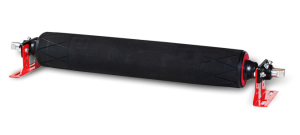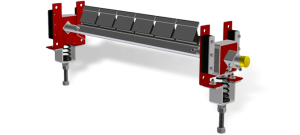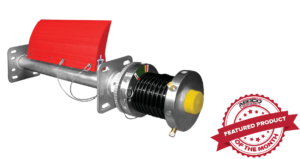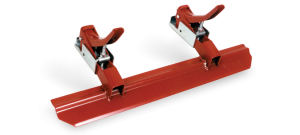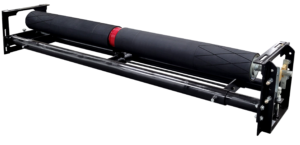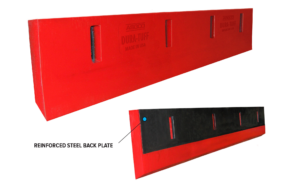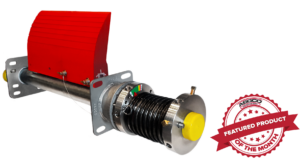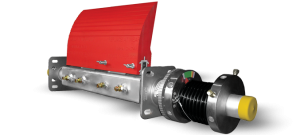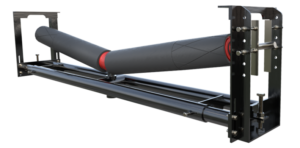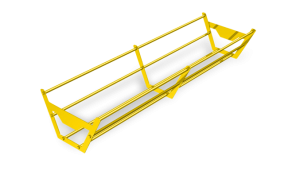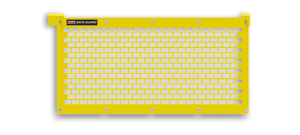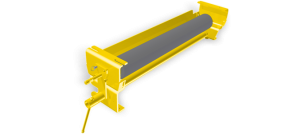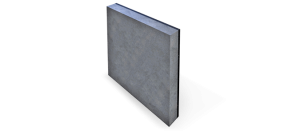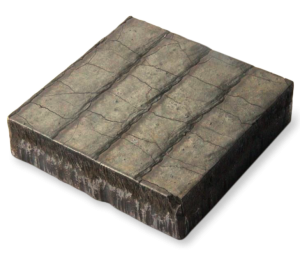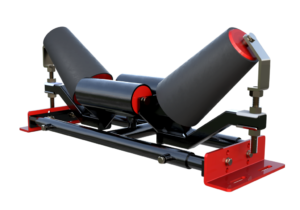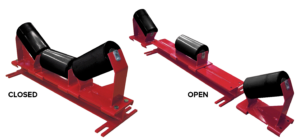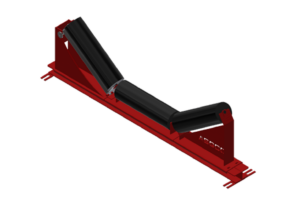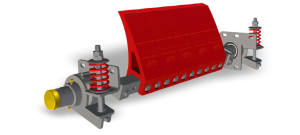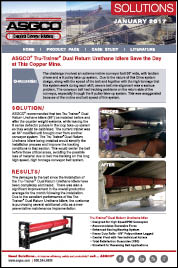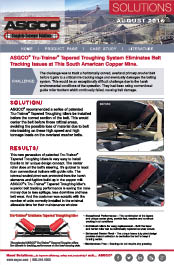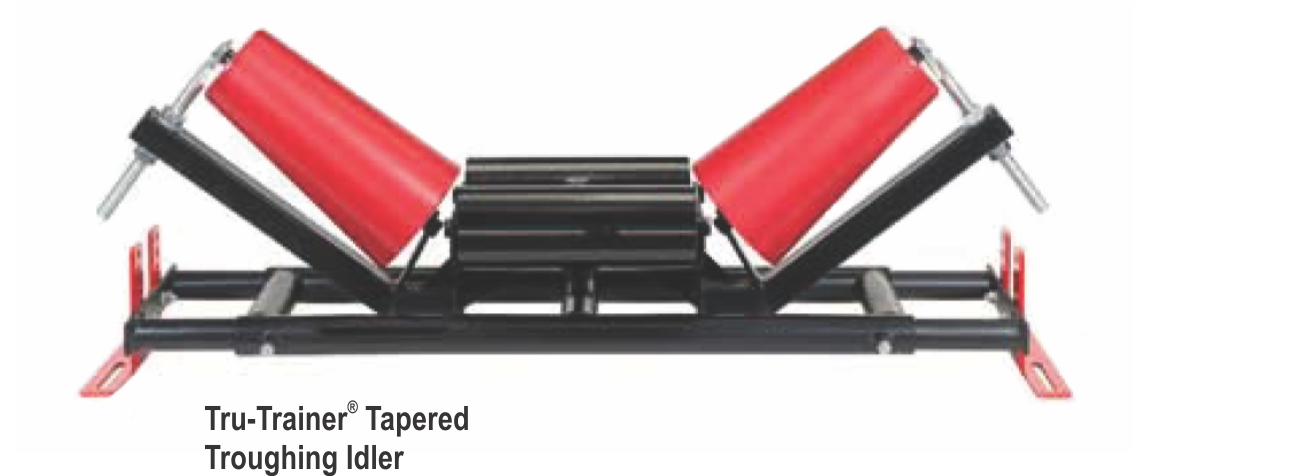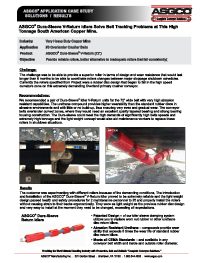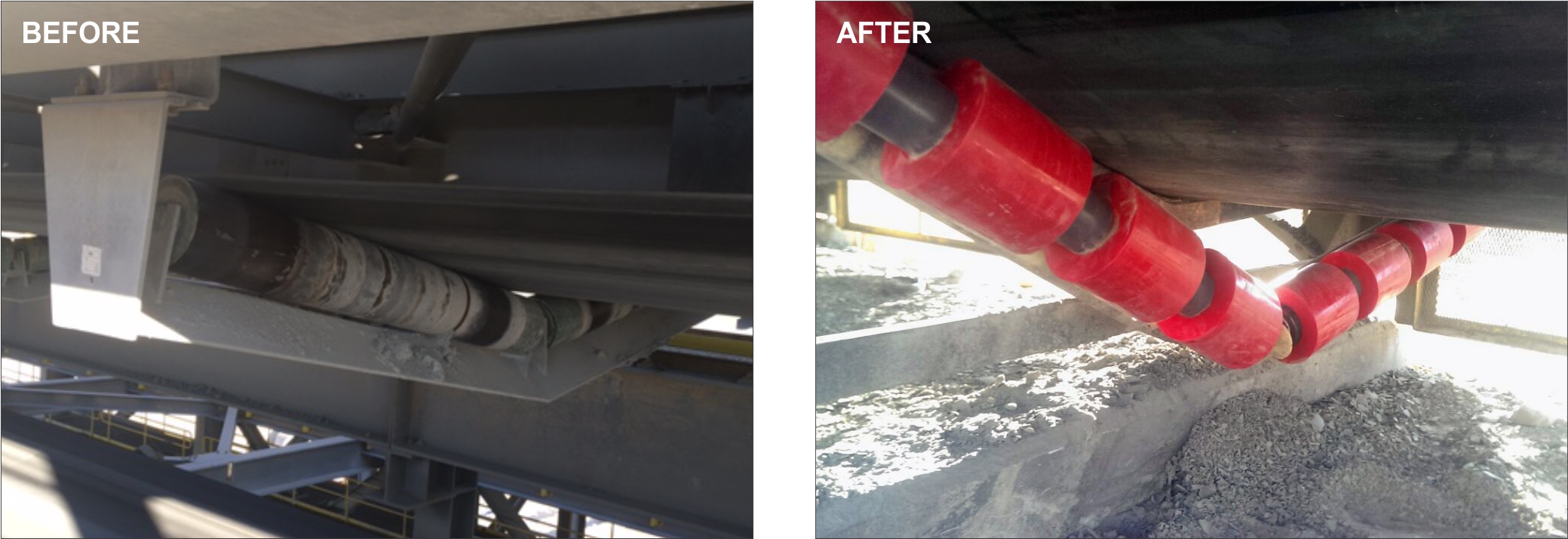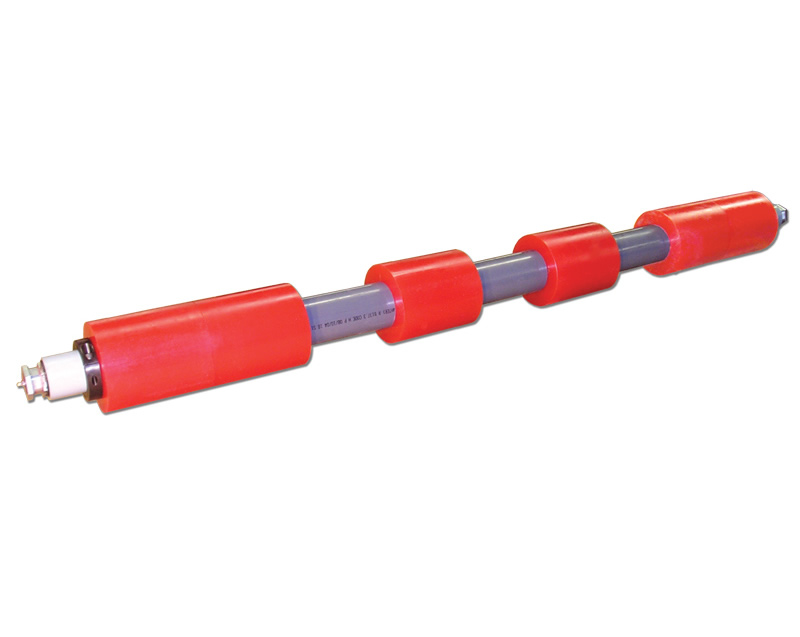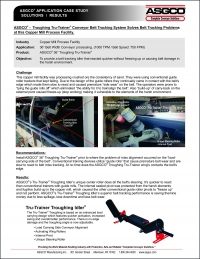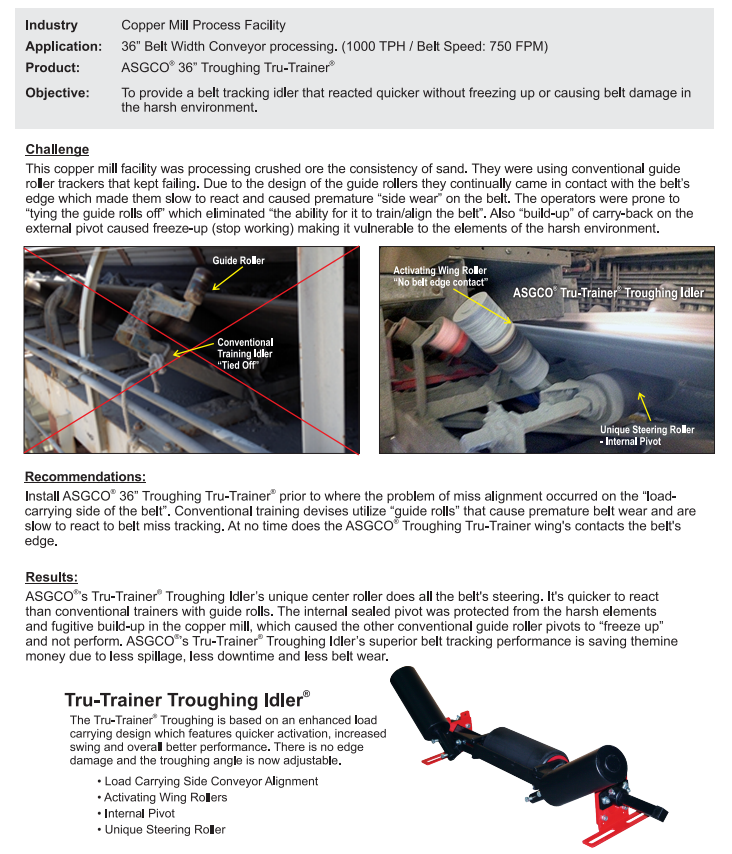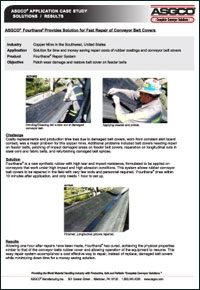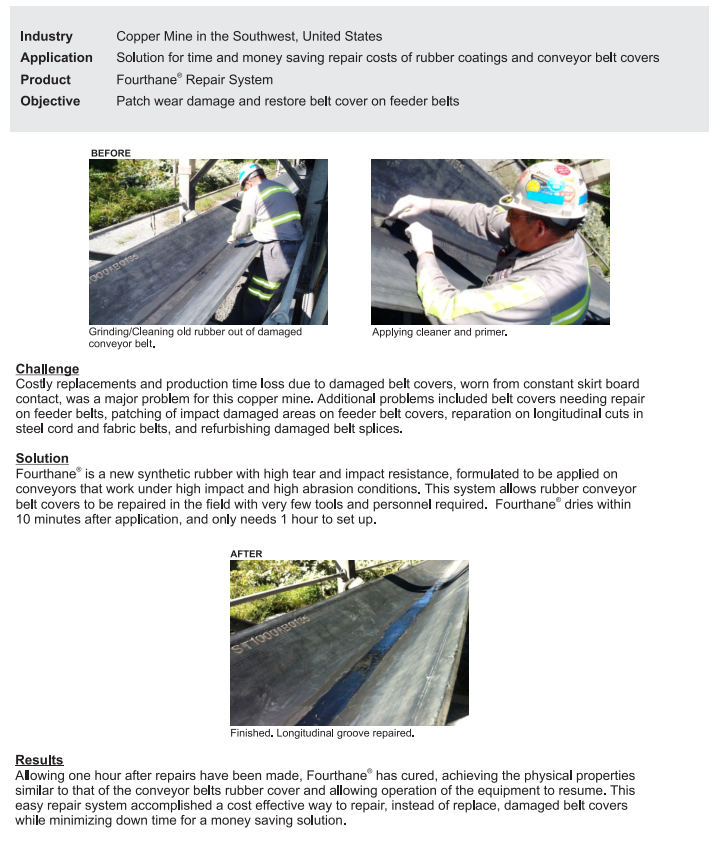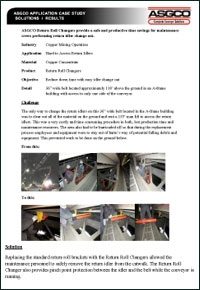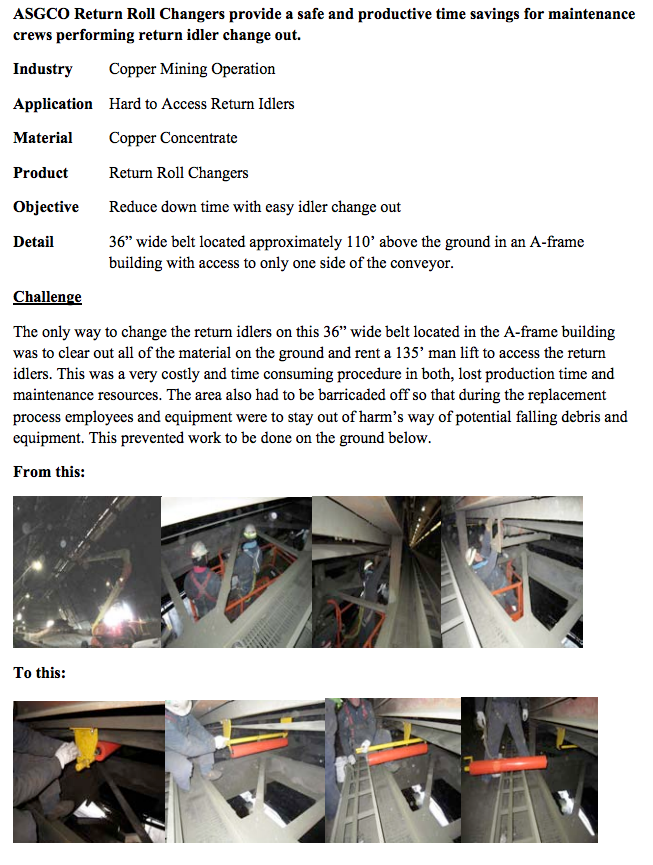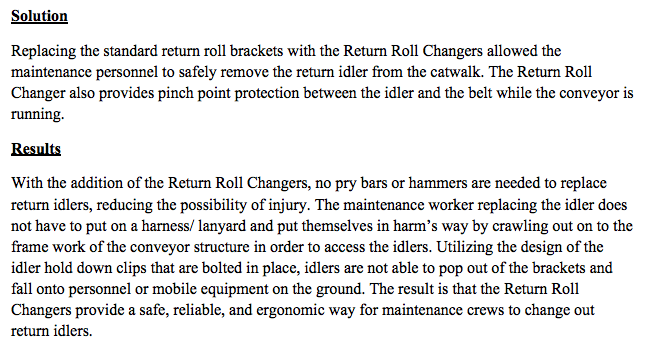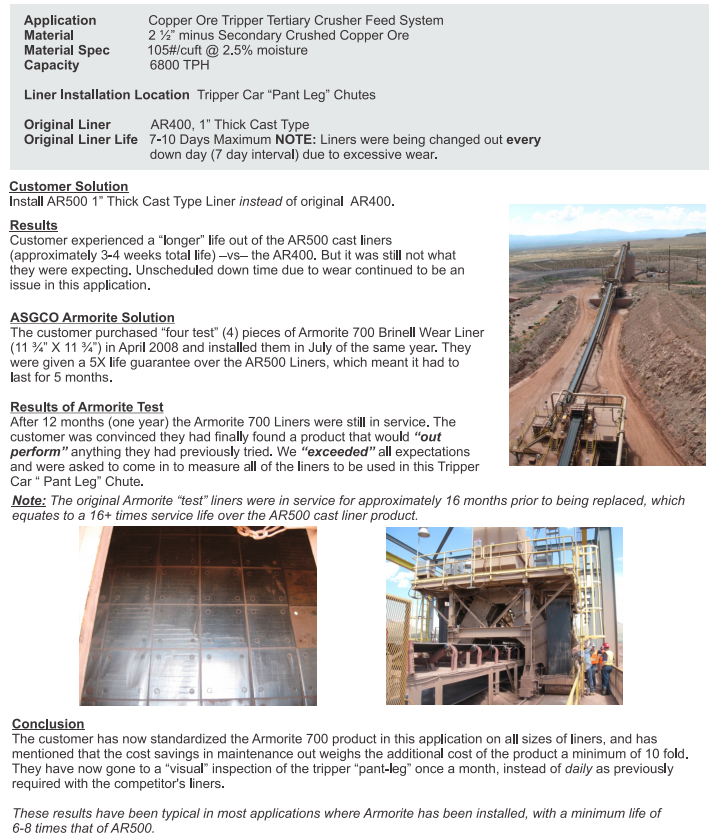COPPER GOLD INDUSTRY INFORMATION
The overall development of the copper mining industry is directly linked to some factors like electricity and transportation. Beside these two factors, some other significant elements directly or indirectly linked behind the growth of copper mining industry are miners (mineworkers), machineries, and surrounding environments.
Copper ore grades
From the start of copper mining, ore has been divided into two classes. The rock with higher copper content was smelter ore, also called direct shipping ore, and required no treatment before going to the smelter. The rock with less copper was called milling ore, or concentrating ore, and required crushing and separation of ore minerals from the waste rock to produce copper concentrate, which was sent to the smelter.
Use of copper
Some practical applications of copper include the use of copper in construction, electronic and electrical industries. Examples are electrical and heating appliances, tubes, telecommunications, refrigeration, pipes, and other household appliances.
The copper industry’s growth and prosperity are based on the metal’s inherent properties: an attractive appearance, high conductivity, good corrosion resistance, ability to alloy with other metals, and ease of working. While there are substitutes in specific uses, copper has entrenched and expanding markets in the electrical, electronic, and communications industries. Electrical and electronic products, including power cables, account for over one third of total usage, and construction, including wiring and water tubing, for a similar share. Transport industries use roughly one eighth of the total, industrial machinery and equipment nearly one tenth, and a wide range of consumer and other products the remainder.
Gold Mining Industry

Gold mining is a global business with operations on every continent, except Antarctica, and mines of widely varying types and scale. The vast majority of the world’s gold was mined in the modern, post-war era and as the industry has evolved it has also diversified.
Each year, approximately 2500 tons of gold are mined throughout the world. South Africa leads the world in gold mining, and the U.S., Russia, Canada, and Australia are also major producers. Gold is distributed widely over the earth, and gold mining is pursued in most countries with some success.
Located in South Africa, the Witwatersrand Basin represents the richest gold field ever discovered. It is estimated the 40% of all of the gold ever mined has come out of the Basin. In 1970, South Africa’s output accounted for 79% of the world’s gold production.
The largest producing gold mine in the world, the Grasberg mine in Papua, Indonesia, is primarily a copper mine. Gold ore processing in placer mines, the gold is recovered by gravity separation. For hard rock mining, other methods are usually used.
Hard rock gold mining
Hard rock gold mining extracts gold encased in rock, rather than fragments in loose sediment, and produces most of the world’s gold. Sometimes open-pit mining is used, such as at the Fort Knox Mine in central Alaska. Barrick Gold Corporation has one of the largest open-pit gold mines in North America located on its Goldstrike mine property in northeastern Nevada. Other gold mines use underground mining, where the ore is extracted through tunnels or shafts. South Africa has the world’s deepest hard rock gold mine up to 3,900 metres (12,800 ft) underground. At such depths, the heat is unbearable for humans, and air conditioning is required for the safety of the workers. The first such mine to receive air conditioning was Robinson Deep, at that time the deepest mine in the world for any mineral.
By-product gold mining
Gold is also produced by mining in which it is not the principal product. Large copper mines, such as the Bingham Canyon mine in Utah, often recover considerable amounts of gold and other metals along with copper. Some sand and gravel pits, such as those around Denver, Colorado, may recover small amounts of gold in their washing operations. The largest producing gold mine in the world, the Grasberg mine in Papua, Indonesia, is primarily a copper mine.
[line]
Gold & Copper mine access
Underground access
Declines are often started from the side of the high wall of an open cut mine when the ore body is of a payable grade sufficient to support an underground mining operation but the strip ratio has become too great to support open cast extraction methods. They are also often built and maintained as an emergency safety access from the underground workings and a means of moving large equipment to the workings.
Accessing underground ore can be achieved via a decline (ramp), inclined vertical shaft or adit.
- Declines can be a spiral tunnel which circles either the flank of the deposit or circles around the deposit. The decline begins with a box cut, which is the portal to the surface. Depending on the amount of overburden and quality of bedrock, a galvanized steel culvert may be required for safety purposes. They may also be started into the wall of an open cut mine.
- Shafts are vertical excavations sunk adjacent to an ore body. Shafts are sunk for ore bodies where haulage to surface via truck is not economical. Shaft haulage is more economical than truck haulage at depth, and a mine may have both a decline and a ramp.
- Adits are horizontal excavations into the side of a hill or mountain. They are used for horizontal or near-horizontal ore bodies where there is no need for a ramp or shaft.
Selective mining methods
- Cut and fill mining is a method of short-hole mining used in steeply dipping or irregular ore zones, in particular where the hanging wall limits the use of long-hole methods. The ore is mined in horizontal or slightly inclined slices, and then filled with waste rock, sand or tailings. Either fill option may be consolidated with concrete, or left unconsolidated. Cut and fill mining is an expensive but selective method, with low ore loss and dilution.[4]
• Drift and fill is similar to cut and fill, except it is used in ore zones which are wider than the method of drifting will allow to be mined. In this case the first drift is developed in the ore, and is backfilled using consolidated fill. The second drift is driven adjacent to the first drift. This carries on until the ore zone is mined out to its full width, at which time the second cut is started atop of the first cut.
- Shrinkage stoping is a short-hole mining method which is suitable for steeply dipping orebodies. The method is similar to cut and fill mining with the exception that after being blasted, broken ore is left in the stope where it is used to support the surrounding rock and as a platform from which to work. Only enough ore is removed from the stope to allow for drilling and blasting the next slice. The stope is emptied when all of the ore has been blasted. Although it is very selective and allows for low dilution, since most of the ore stays in the stope until mining is completed there is a delayed return on capital investments.
- Room and pillar mining: Room and pillar mining is commonly done in flat or gently dipping bedded ore bodies. Pillars are left in place in a regular pattern while the rooms are mined out. In many room and pillar mines, the pillars are taken out starting at the farthest point from the stope access, allowing the roof to collapse and fill in the stope. This allows for greater recovery as less ore is left behind in pillars.
- VRM: Vertical retrieval mining is a method where mine is decided in vertical zones with depth of about 50 meters. Long-hole high diamond drilling is done through ITH drills. Material retrieval is done from bottom of the section developed. Ore blasted in retrieval taken in phase. Last cleaning of ore is done through remote controlled LHD machines. The zone is now back filled using cemented mix fill. Side chambers will be mined in pre-planned sequence after the fill has solidified.
Bulk mining methods
Block caving is used to mine massive steeply dipping orebodies (typically low grade) with high friability. An undercut with haulage access is driven under the orebody, with “drawbells” excavated between the top of the haulage level and the bottom of the undercut. The drawbells serve as a place for caving rock to fall into. The orebody is drilled and blasted above the undercut, and the ore is removed via the haulage access. Due to the friability of the orebody the ore above the first blast caves and falls into the drawbells. As ore is removed from the drawbells the orebody caves in, providing a steady stream of ore. If caving stops and removal of ore from the drawbells continues, a large void may form, resulting in the potential for a sudden and massive collapse and potentially catastrophic windblast throughout the mine. Where caving does continue, the ground surface may collapse into a surface depression such as those at the Climax and Henderson molybdenum mines in Colorado. Such a configuration is one of several to which miners apply the term “glory hole”.
Orebodies that do not cave readily are sometimes preconditioned by hydraulic fracturing, blasting, or by a combination of both. Hydraulic fracturing has been applied to preconditioning strong roof rock over coal longwall panels, and to inducing caving in both coal and hard rock mines.
Ore removal
In mines which use rubber tired equipment for coarse ore removal, the ore (or “muck”) is removed from the stope (referred to as “mucked out” or “bogged”) using center articulated vehicles (referred to as boggers or LHD (Load, Haul, Dump machine). These pieces of equipment may operate using diesel engines or electric motors, and resemble a low-profile front end loader. LHD operated through electricity utilize trailing cables which are flexible and can be extended or retracted on a reel.
